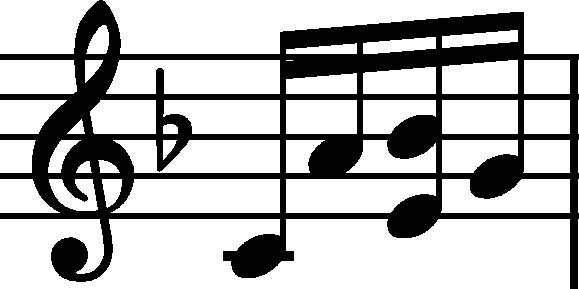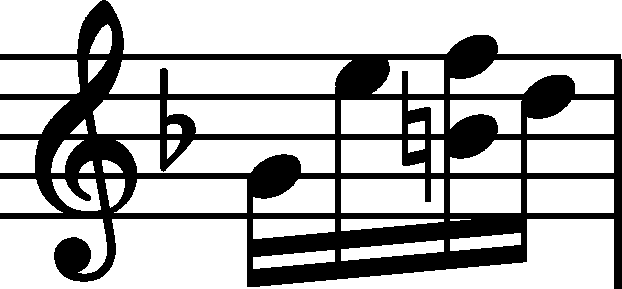



Issues : Main-line changes
|
b. 1
|
composition: Op. 25 No 1, Etude in A♭ major
..
Lack of upbeat in AI is characteristic for the original versions – cf., e.g., the autograph of the first edition of the Mazurka in A category imprint: Differences between sources; Corrections & alterations issues: Main-line changes , Changed phrase length |
||||||||||||
|
b. 1-4
|
composition: Op. 64 No 1, Waltz in D♭ major
..
The addition in FED – trill 4 bars – probably means a variant of beginning the Waltz in a way similar to the return of the main section from bar 69. We give each of the variants – four- and eight-bar – in the version with fingering, written also in FED, or without. As starts right away with accompaniment, which corresponds with bar 5 of the version of later autographs and editions. category imprint: Differences between sources issues: Annotations in teaching copies , Annotations in FED , Authentic post-publication changes and variants , Main-line changes , Differences in form |
||||||||||||
|
b. 1
|
composition: Op. 28 No. 4, Prelude in E minor
..
In As one can see that the upbeat was added later. category imprint: Corrections & alterations; Source & stylistic information issues: Main-line changes , Changed phrase length |
||||||||||||
|
b. 1-8
|
composition: Op. 2, Variations, complete
..
In AsI, the piece begins with an orchestral eight-bar period based on a melodic and harmonic idea different from the published version. Only bars 1 and 8 show any similarity to the final version, the rest form a kind of skeleton of what the soloist then performs in bars 10-15 (this is especially clear in bars 3-6 in comparison with bars 11-14). We consider this original redaction to be the text of AsI and we present it as a unified variant of the entire bars 1-8. In addition, AsI also contains – on the page preceding the regular opening – a record of the later version, although only in the form of a string quintet score. It differs from the sources constituting the basis of the published version (A, GE1 and FE) only in the rhythm of the end of bar 8, which we describe in a separate note and include as a variant of the main text. category imprint: Differences between sources; Corrections & alterations issues: Accompaniment changes , Main-line changes |
||||||||||||
|
b. 2-6
|
composition: Op. 28 No. 23, Prelude in F major
..
Thanks to the crossings-out and added notes in b. 2 and 6 visible in A, we can reconstruct the initial version of the last beat of these bars as category imprint: Corrections & alterations; Source & stylistic information issues: Corrections in A , Deletions in A , Main-line changes |



 major, Op. 7 No. 4 or the album autograph of the initial theme of the Nocturne in F minor, Op. 55 No. 1.
major, Op. 7 No. 4 or the album autograph of the initial theme of the Nocturne in F minor, Op. 55 No. 1. 




 and
and  . The idea of changing it probably arose when Chopin was writing b. 6; afterwards, he introduced a respective correction in b. 2. It is proven by the notation of an analogous figure in b. 10, in which the final version was written right away, without corrections.
. The idea of changing it probably arose when Chopin was writing b. 6; afterwards, he introduced a respective correction in b. 2. It is proven by the notation of an analogous figure in b. 10, in which the final version was written right away, without corrections.